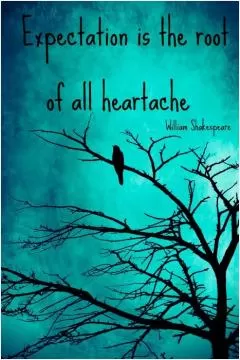Hooking both right and wrong to the appetite, to follow as it draws

Hooking both right and wrong to the appetite, to follow as it draws
In the works of William Shakespeare, the theme of human nature and the struggle between right and wrong is a prevalent and complex one. Shakespeare often delves into the depths of the human psyche, exploring the motivations and desires that drive individuals to make choices that can be both virtuous and sinful. One of the most intriguing aspects of this exploration is the idea of hooking both right and wrong to the appetite, to follow as it draws.This concept can be seen in many of Shakespeare's plays, where characters are faced with moral dilemmas and must navigate the murky waters of their own desires and impulses. In "Macbeth," for example, the titular character is driven by his ambition to become king, leading him to commit heinous acts in order to achieve his goal. His appetite for power hooks him to both right and wrong, as he is torn between his sense of duty and his insatiable thirst for greatness.
Similarly, in "Othello," the protagonist is consumed by jealousy and suspicion, leading him to make decisions that ultimately lead to tragedy. His appetite for revenge and control hooks him to both right and wrong, blurring the lines between justice and vengeance.
Shakespeare's exploration of the human appetite and its connection to morality is a timeless and universal theme that continues to resonate with audiences today. The idea that our desires can lead us down a path of both righteousness and sin is a powerful and thought-provoking concept that challenges us to examine our own motivations and impulses.
Ultimately, Shakespeare's exploration of the hooking of right and wrong to the appetite serves as a reminder of the complexity of human nature and the constant struggle between our higher ideals and our baser instincts. It is a theme that continues to captivate audiences and provoke deep reflection on the nature of morality and the choices we make in our own lives.












 Friendship Quotes
Friendship Quotes Love Quotes
Love Quotes Life Quotes
Life Quotes Funny Quotes
Funny Quotes Motivational Quotes
Motivational Quotes Inspirational Quotes
Inspirational Quotes